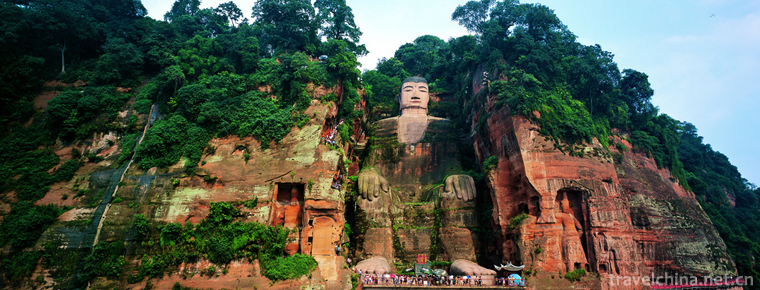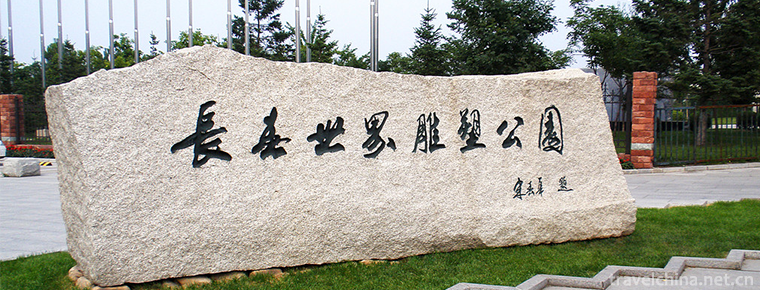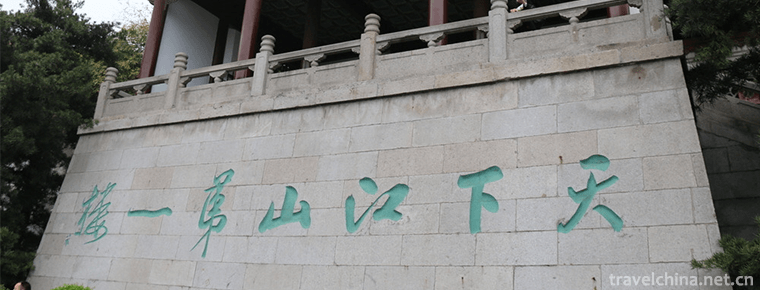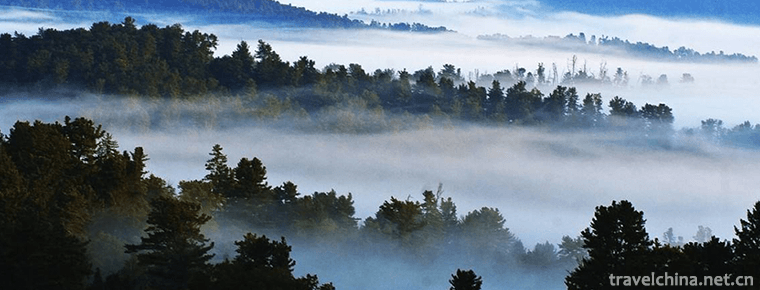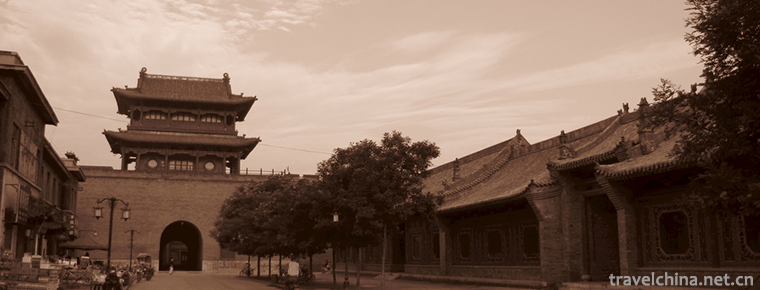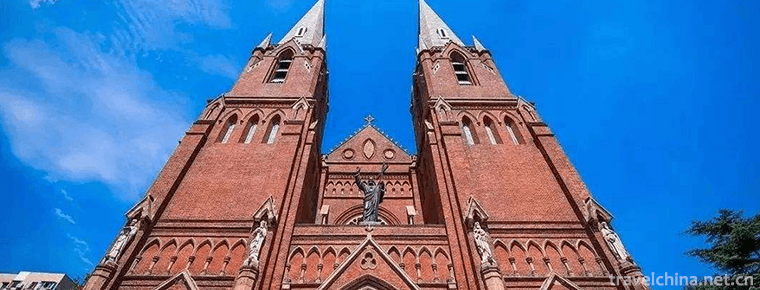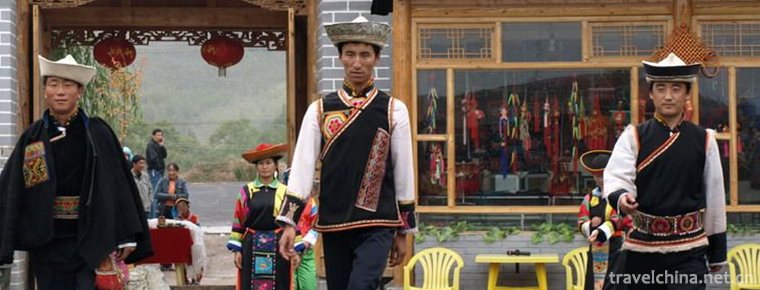Craft of birch bark making
Craft of birch bark making
Birch bark making techniques, Oroqen Autonomous Banner of Inner Mongolia Autonomous Region, local traditional handicraft of Heilongjiang Province, one of the national intangible cultural heritage.
Traditional birch bark processing technology has four steps: first, stripping the bark; second, soaking or boiling the bark; third, cutting and stitching; fourth, decorative patterns. Decoration techniques are useful for crushing and clipping. All ethnic groups adorn Birch Bark products with pictures symbolizing auspiciousness, festivity, peace and harvest.
On May 20, 2006, the technology of birch bark production was approved by the State Council and listed in the first batch of national intangible cultural heritage list, No. _-83. Historical Origin
Archaeological data prove that about 3000 years ago, the minority nationalities in northern China already had birch skin products. In 1959, thousands of birch skin vessels were unearthed from the Han Xianbei tomb in Zaguinol, Manzhouli City, Hulunbeir League. In 1960, a variety of birch wood and birch skin utensils were found in Zazinolhan tomb. The remains of birch bark utensils used by minority nationalities in northern Liao Dynasty have also been unearthed in Baixin Tomb of Hulun Buir League and Bazaga Tomb of Koyouzhong Banner of Xing'an League. In historical materials, birch skins were also used by ancient nationalities in the Three Rivers Valley of China, and birch skins were used to build houses by Wei people in the Record Room of Northern History, and birch skins were used to build houses in Jilin External History.
Inheritance and protection
Inheritance value
Birch bark production technology is a special culture created by hunting nations in a specific living environment. It embodies the wisdom and intelligence of hunting nations. It has strong national and regional characteristics. It mainly spreads in the settlements of Oroqen, Ewenki and Dagan nationalities in China, as well as the settlements of the Hurong nationality in the ancient Heilongjiang valley. Birch bark culture has a long history in China, which has high historical, scientific and artistic value.
Inheritance status
With the development of society, great changes have taken place in the production and life style of the hunting nations. Hunting culture has declined gradually. Due to the limitation of the development of folk art itself, birch bark production technology is facing a growing survival and development crisis.
Inheriting characters
Fu Zhanxiang, male, was born in December 1955. In June 2007, Fu Zhanxiang was selected as the representative successor of the first batch of national intangible cultural heritage projects and declared by Heilongjiang Province.
protective measures
Raohe County, Heilongjiang Province, established the intangible cultural heritage protection center, established five seminars, and completed the birch bark production technology exhibition hall.
On October 25, 2017, Heilongjiang Provincial Non-Heritage Center made a rescue record of birch bark making skills, the representative heir of the national intangible cultural heritage project, Fu Zhanxiang birch bark making skills.
From June 25 to 27, 2018, he went to Raohe County, Shuangyashan City, at the best time of birch bark picking. He recorded the whole process of birch bark picking by Fu Zhanxiang and his apprentices. From August 10 to 12, Zhang Minjie, a non-legacy expert and birch researcher in Heilongjiang Province, conducted an oral interview with Fan Zhanxiang in advance. After writing oral history according to the interview, he conducted a three-day formal oral history interview with Fan Zhanxiang on September 15.
social influence
Important exhibition
In October 2014, the exhibition of the 3rd China intangible cultural heritage exposition was held in ShunGeng International Convention and Exhibition Center of Jinan, in which birch bark making techniques were exhibited.

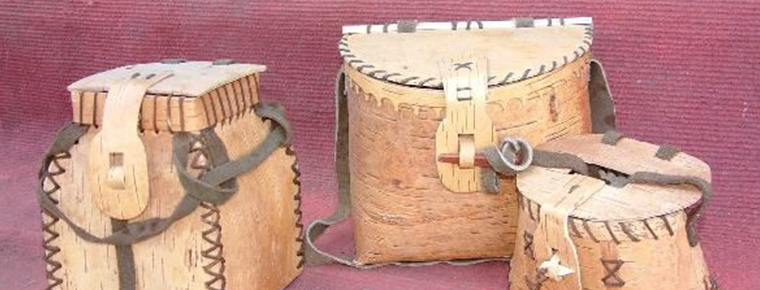
-
Leshan Giant Buddha
Located on the East Bank of Minjiang River in Leshan City.
Views: 166 Time 2018-10-13 -
Changchun World Sculpture Park
Changchun World Sculpture Park is located in the south of Renmin Street in Changchun City. It covers 92 hectares, including 11.8 hectares of water. .
Views: 201 Time 2018-12-05 -
Huanghelou Park Wuhan
Wuhan Yellow Crane Tower Park: The Yellow Crane Tower on Snake Mountain in Wuchang is one of the three famous buildings in the south of the Yangtze River..
Views: 158 Time 2018-12-12 -
Shangganling Xishui National Forest Park
Shangganling Xishui National Forest Park combines the strong local flavor and exotic style with the elegance of "paradise". It has both unique natural landscape and distinctive humanistic la.
Views: 383 Time 2018-12-19 -
Kunlun Mountains
Kunlun Mountain, formerly known as Kunlunqiu, also known as Kunlunxu, is the god mountain in ancient Chinese legend, the ancestor of Wanshan Mountain, the birthplace of Chinese civilization, and the k.
Views: 138 Time 2019-01-29 -
Pingyao Ancient City Scenic Spot
Pingyao Ancient City is located in Pingyao County, central Shanxi Province. It was founded in Xuanwang Period of Western Zhou Dynasty (827-782 BC)..
Views: 144 Time 2019-02-07 -
Xujiahuiyuan Scenic Area
Xujiahuiyuan Scenic Spot is located in Xujiahui, Shanghai Metropolitan Tourism Center Circle. It starts from Wanping South Road, Tianping Road and Huashan Road in the east.
Views: 124 Time 2019-02-26 -
Tu Costume
Women usually wear embroidered small collar and long slant-skinned shirt. The sleeves are made of red, yellow, orange, blue, white, green and black seven-color cloth rings. They are bright and beautif.
Views: 188 Time 2019-06-23 -
Double Ninth Festival chong yang jie
The Double Ninth Festival refers to the ninth day of September in the lunar calendar every year. It is a traditional Chinese folk festival. In the Book of Changes, "Nine" is defined as the n.
Views: 188 Time 2019-08-10 -
Capital University of Economics and Business
Capital University of Economics and Trade was founded in 1956. It was a key university under the municipal authority of Beijing, which was merged and established by the former Beijing School of Econom.
Views: 142 Time 2019-09-22 -
Honorary title of Mianyang
National system to promote comprehensive innovation reform pilot area.
Views: 332 Time 2020-12-14 -
Safety production in Leshan
By the end of 2018, there were 81 production safety accidents in Leshan City, with 73 deaths and a direct economic loss of 19.0522 million yuan. Among them, there was one major accident and no major or above production safety accident. In 1132 traffic.
Views: 185 Time 2020-12-17
